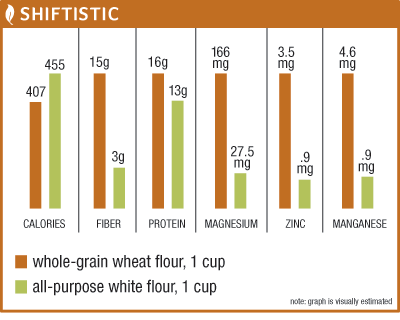I had to laugh at a recent article about the actress Gwyneth Paltrow selling $200 smoothies on her good-for-you website GOOP. I gave the side-eye to her ingredients like Beauty Dust and Goodnight Dust (at $55-$65 a pop), but I was curious about some of the herbal ingredients listed like ashwagandha.
Ashwagandha is among a class of healing plants known as adaptogens, which are thought to support your body’s immune function and boost its ability to handle internal and environmental stress. If you face the wear and tear of a fast-paced (and at times difficult) life, then you might want to fortify your diet with adaptogens.
Adaptogens aren’t new; the concept is thousands of years old, and certain adaptogenic plants go by different names in different practices and disciplines. In Ayurveda, they are known as the rasayanas, and in traditional Chinese medicine, they are called the Superior Herbs. In 1947 the Russian scientist Lazarev coined the term adaptogen, for an agent that allows an organism to “adapt” to adversity.
Like herbal supplements, adaptogens are not FDA-approved. So if you consider using them, be sure to get information on the plant, its properties and potential interactions with any medicines or herbs that you may be taking. When it comes to choosing an adaptogen, consider what best targets your needs as each offers something a little different.
As a newbie to adaptogens, you might want to take baby steps in introducing them into your diet. Try something like Adaptogenic Miso dressing from Great Kosmic Kitchen. This recipe works nicely because you simply sprinkle the powdered herb into the dressing. You can also add the herbs over mixed roasted vegetables and stir in broths or soups, like Learning Herbs’ Immune Soup.
Here are a few adaptogens highlighted on The Great Kosmic Kitchen and Memorial Sloan Kettering Cancer Center:
Ashwagandha (Withania somnifera)
- This root, also known as Indian ginseng, is often used for fatigue, stress, immune system support, joint pain (topically), and to stabilize blood sugar and hormones. Traditional recipes include the root (powdered) in warm milk and/or honey. Use 1-6 grams a day. Can be taken as a capsule.
Asian Ginseng (Panax quinquefolius)
American Ginseng (Panax ginseng)
- Ginseng’s Latin name, Panax, comes from the same Greek root as the English word “panacea,” meaning cure-all, or all-healing. Ginseng is known to relieve stress, and studies suggest that it significantly improves athletic performance, relieves fatigue and can reduce muscle inflammation after exercise. Ginseng is among the world’s most widely used medicinal plants.
Astragalus (Astragalus membranaceus)
- Also known as “huang qi,” Astragalus is used traditionally to stimulate the immune system and reduce fatigue. Research suggests it may also be helpful for immune systems that have been weakened by chemotherapy or radiation. As with most medicinal plants, use about 3-4 grams throughout the day of the powder or in tincture form.
More to know:
*Adaptogens are not fast-acting; it takes a couple of months to see consistent results.
*For the herbal adventurist, try adaptogens in a variety of ways, from brewing strong decoctions and teas to taking a daily capsule to alcohol or non-alcohol based tinctures.
*You can purchase organically grown adaptogens and herbs at online retailers like Mountain Rose Herbs or at your local herb shop.
Happy healing,
Robin











